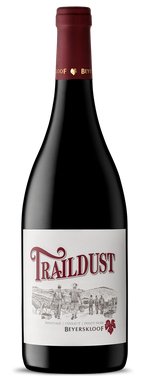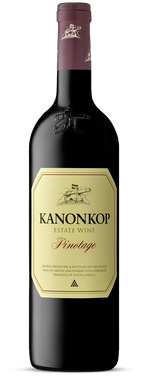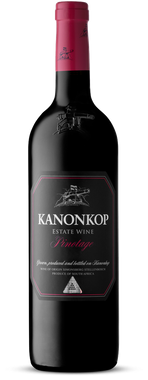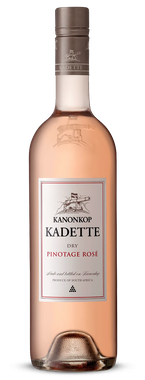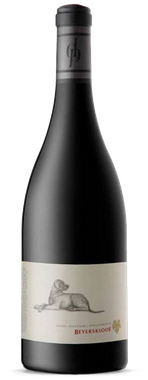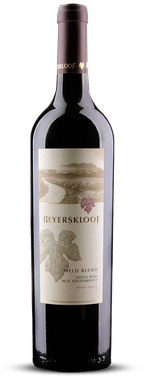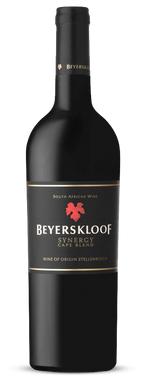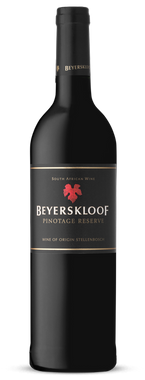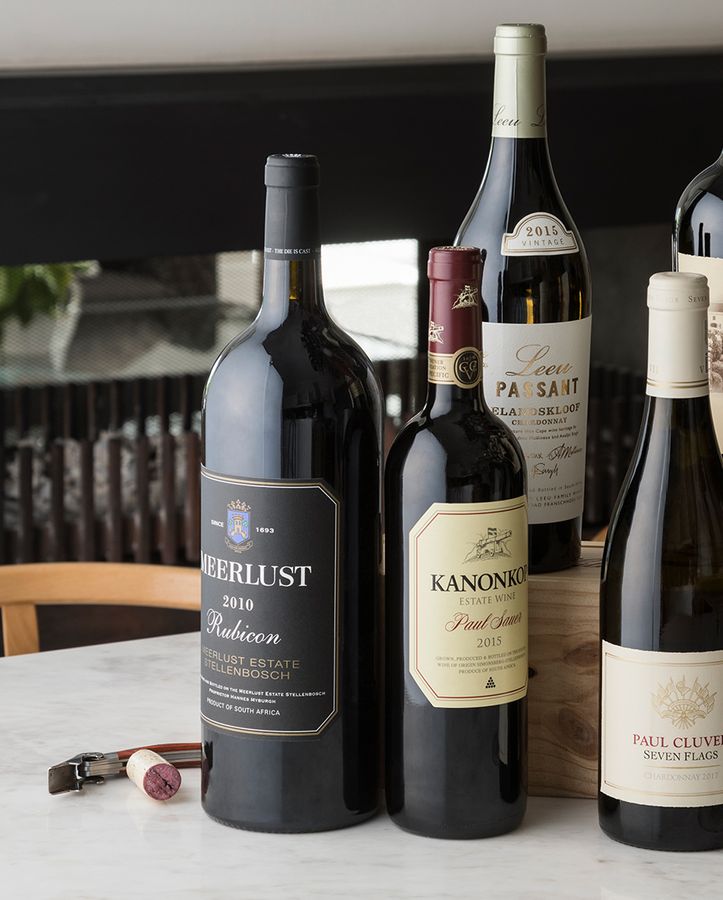I had the distinct pleasure of sitting down with Beyers Truter for an hour the other day and he told me about Pinotage. As one of the three pioneering winemakers at Kanonkop, now owner of Beyerskloof , and recipient of the 1991 IWSC Robert Mondavi Trophy for Winemaker of the Year and a slew of other awards, Beyers does seem like the right man to talk to about Pinotage (obviously not withstanding the other greats in this category- Abrie Beeslaar, Oom Jan Boland etc.). I once heard Beyers speak at the Cape Winemakers’ Guild Tasting, it was his last, and he spoke so eloquently, with such humour and passion, representing one of the traits Johann Krige said he looks for in a winemaker - that little bit of mischief. I envy him his passion, though given that I’m living MY passion interviewing people like HIM, I’d say we’re even.
Rugby
The Pinotage story is inextricably linked to Stellenbosch, and rugby, Beyers says. The first Pinotage was made at Elsenburg in 1941 by CT De Waal of Uiterwyk, HE played rugby. Subsequently PK Morkel of Bellevue and Paul Sauer (Kanonkop), both avid rugby players also planted the variety and nurtured it. Beyers says it’s through their common pursuit of rugby that these men were first introduced to the variety, and learned to love it. They went on to pioneer the grape and today some of the oldest vines are to be found at Kanonkop, the oldest vine now around 65 years old. It is funny how rugby comes in, given how it served to unite us in 1995 and then again now, in 2019… at arguably one of the lowest points in our history since the abolition of apartheid. It is a pastime that has united us in all our diversity and a powerful tool to keep doing so time and time again. I don’t know WHAT it is, but watching a line of men sing the national anthem with their eyes closed and tears running down their faces, or the physical display of power and teamwork, now THAT is pride. And THAT is what Pinotage is. It’s a representation of us, South Africans, the more we learn, the better we get.
Stellenbosch is Red.
Beyers contends that Pinotage is not the crown jewel in the crown of South African wine, but that there are many jewels, Pinotage among them. While he acknowledges and loves Stellenbosch Cabernet, he says it would be incorrect to ONLY celebrate Stellenbosch for its Cab. “Stellenbosch is red.” Stellenbosch red wine is one of the crowning achievements of South African wine, be it Syrah, Cabernet, Merlot or Pinotage he says. For too long people have held the perception that Pinotage is an overly tannic wine. While there may very well be examples of this in the market Beyers says people who criticise Pinotage can’t make it. Afterall, at only 95 years of age, compared to the hundreds of years varieties such as Cabernet and Pinot Noir have been experimented with and tempered, it has been up to people like Beyers to find out WHAT WORKS.
Bottelary Gravel
And what works is considered farming, old bushvines, new oak, extraction, and time in the bottle. Pinotage is a variety with balance, longevity and grit, like its people, you just have to be patient. Of terroir, Beyers says Stellenbosch has what he calls Bottelary Gravel, better (he argues) than the gravels Pauillac boasts due to the decomposed Koffieklip. That combined with Southern slopes makes for perfect Pinotage country.
Black Sheep
When I ask him why Pinotage he says he likes black sheep, like the students who still frequent Beyerskloof for never-ending wine tastings (he says he missed them during lockdown). He loves their lust for life, they ‘kuier’ (there’s no good English translation, but ‘carouse’ will have to do) as if there is no end. Like the students Beyers goes to greet and send a bottle of wine to fuel the fire, he keeps doing his bit for Pinotage- I suppose it’s watching that utter lust of LIFE in both that he finds so hypnotic. In 1995 he established the Pinotage Association with the aim to “pull up” Pinotage and create a community of likeminded individuals with whom to share learnings on the variety.
When I asked him what his mission statement was when starting Beyerskloof, he said he wanted to own land. He said a real South African either wants a little house by the sea, or a little piece of earth to call his own. “Ons Afrikane is so gebore, gemaak en laat staan.” / “Us Africans were born, raised and left like that.” Beyers and others like him then having claimed the land for Pinotage and Stellenbosch Red. And we thank them for nurturing what is ours.
We invite you to partake of the Pinotage story.
